Cusco (also, Cuzco) is a city located on the southeastern end of Perú near the Urubamba Valley of the Andes Mountains. This colourful and vibrant city is the former capital of the Incan empire and proudly preserves traces of its Incan ancestors. These ruins seamlessly exist alongside Spanish colonial and modern-day buildings. Cusco is the seventh most populous city in Peru with a population of about 428,000 inhabitants, and is located at 3,400m (11,200 feet) above sea level. This city hosts nearly 2 million tourists each year because it is the gateway to Machu Picchu, the 15th-century Incan citadel which is listed as one of the New Seven Wonders of the World. However, Cusco deserves more recognition than a transit town as Cusco is recognized as the Archaeological Capital of the Americas. Here’s how I spent a day in Cusco, what to expect and how to plan trips around the city.

Before we get into the article, please subscribe for new adventures from Elle.
Also, check out my travel guide & Jamaican-inspired word search puzzles on Amazon.
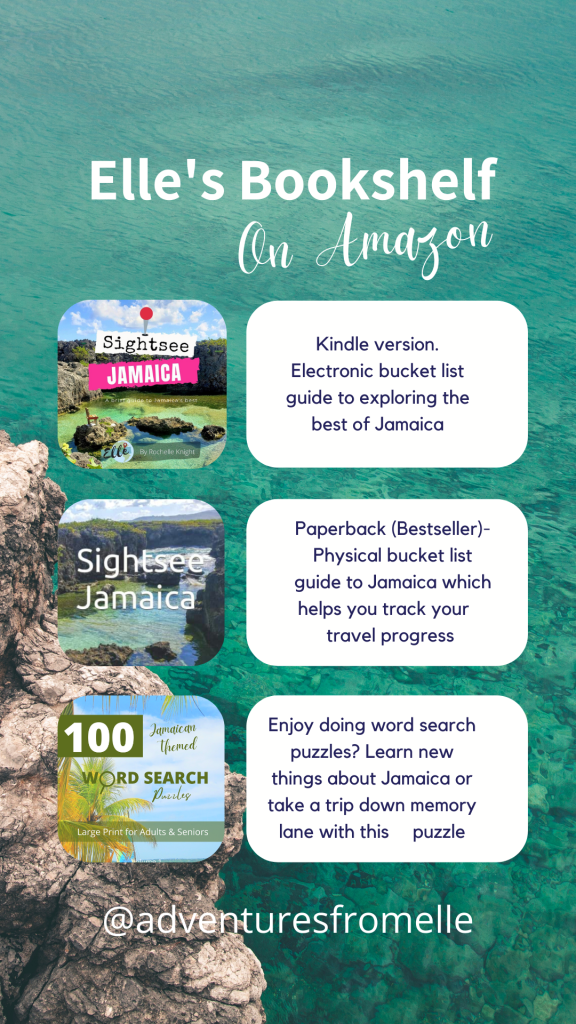
What’s In This Article?
- Getting From Lima to Cusco
- Where I Stayed in Cusco
- Plaza de Armas
- The Cusco Tourist Ticket
- Is Sacsayhuaman Worth Visiting?
- A Taxi Ride to Qenqo
- Day Trips from Cusco
- Wrap Up
Getting From Lima to Cusco
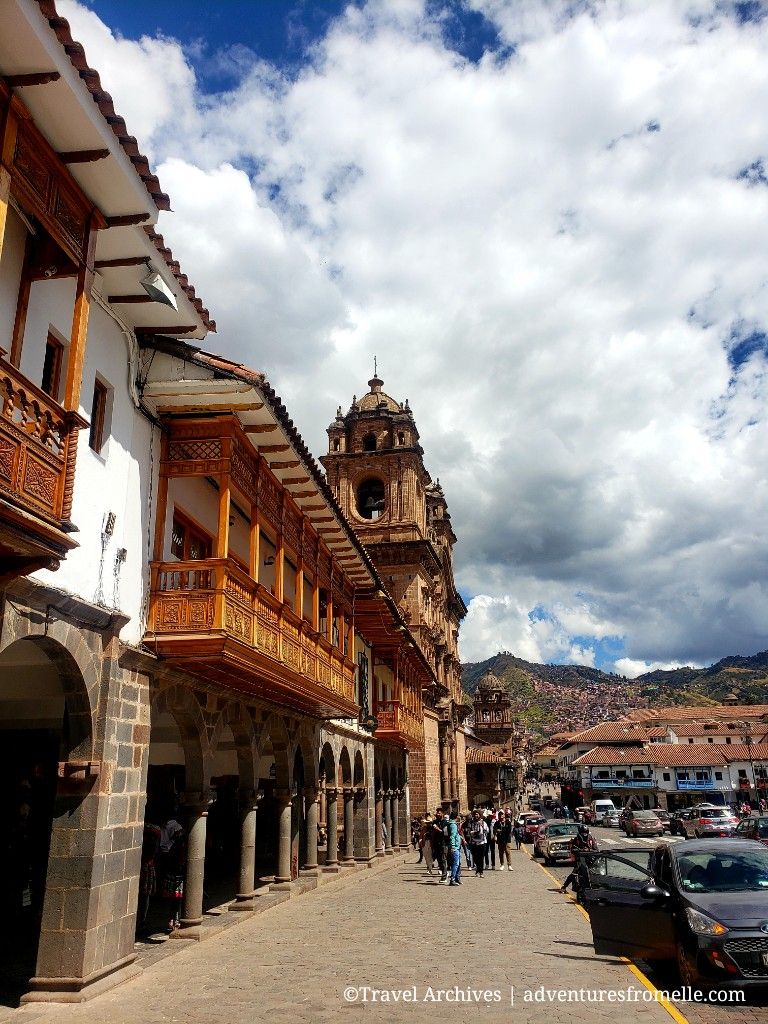
I travelled from Jamaica to Perú via Copa Airline. They operate a once-weekly flight from the Sangster’s International Airport in Montego Bay to Jorge Chavez International Airport in Lima, with a short layover in the Tocumen International Airport in Panama City. From Lima, I took a domestic flight from Lima to Cusco via LATAM Airlines. There are close to a dozen daily flights between Lima to Cusco via LATAM Airlines, Viva Air and Sky Airline. Note: Sky Airline MAY be the cheapest option but I learnt the hard way that they are VERY unreliable. I initially booked my flight with them in March. Three weeks before my trip they made my return flight SEVEN hours earlier than I’d booked, and messed up my itinerary. Their email stated that full refunds can be issued since THEY made the blunder, but I have yet to hear anything in response to my refund claim of one month ago. All my emails have gone unanswered too, so spare yourself the trouble and book with the most reliable of the three airlines offering domestic flights from Lima to Cusco: LATAM. P.S. I’ll share full cost details in subsequent Perú articles.
Where I Stayed in Cusco

I stayed at an affordable 3-star hotel called Hotel Golden Inca Cusco which is walking distance from the town centre. They had excellent reviews online and they exceeded my expectations. The receptionist was very friendly and spoke fluent English. What stood out for me is that they gave us a map as part of their check-in package and circled all the major places worth checking out in the town. He gave us walking directions and was very instrumental in helping us get around. The Wi-Fi was fast, and they also offered an airport pickup service for 25 soles (US$7). I also loved that breakfast was included, and we were able to leave our luggage there free of charge when we went to Machu Picchu. I’ll get into why that was necessary in future posts.
Breakfast was served between 7am and 10am and consisted of Cusco artisanal bread, pancakes, eggs, jam, salami, fresh fruit, juice, tea and coffee. Tea was available 24/7 on the third floor and in the lobby, and we were greeted with coca leaf tea on arrival. Coca leaf tea is used to prevent and treat the symptoms of altitude sickness in Perú and its Andean neighbours. While the tea is only addictive in large quantities, consumption of one cup of coca tea results in detectable concentrations of cocaine metabolites in the urine for at least 20 hours. Anyway, when in Rome.. do what the Romans do, right?
The room was clean and comfortable, and they had hot water and a heater available in all the rooms. The heater is necessary as nighttime temperatures in Cusco dip to as low as the freezing point in winter (June to September). Anyway, hats off to ALL the staff at Hotel Golden Inca Cusco. I enjoyed my short stay here, and it really set the tone for my entire vacation. The main disadvantage of this hotel was the lack of an elevator. This makes the building unsuitable for persons with health/ mobility issues.
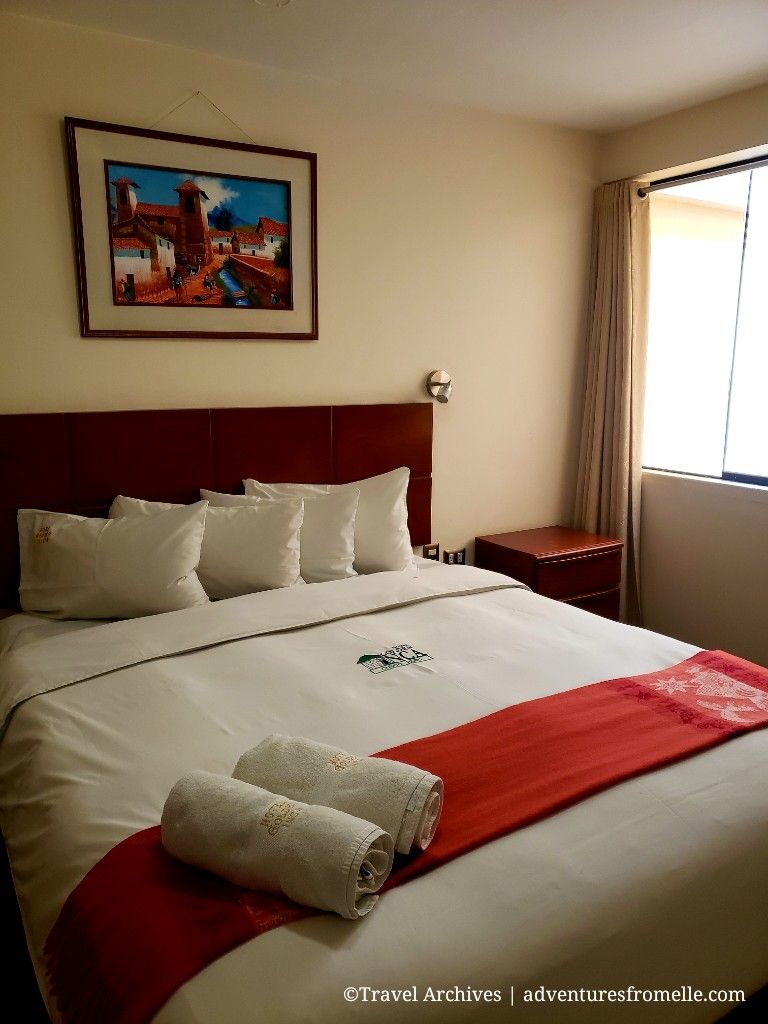
Plaza de Armas
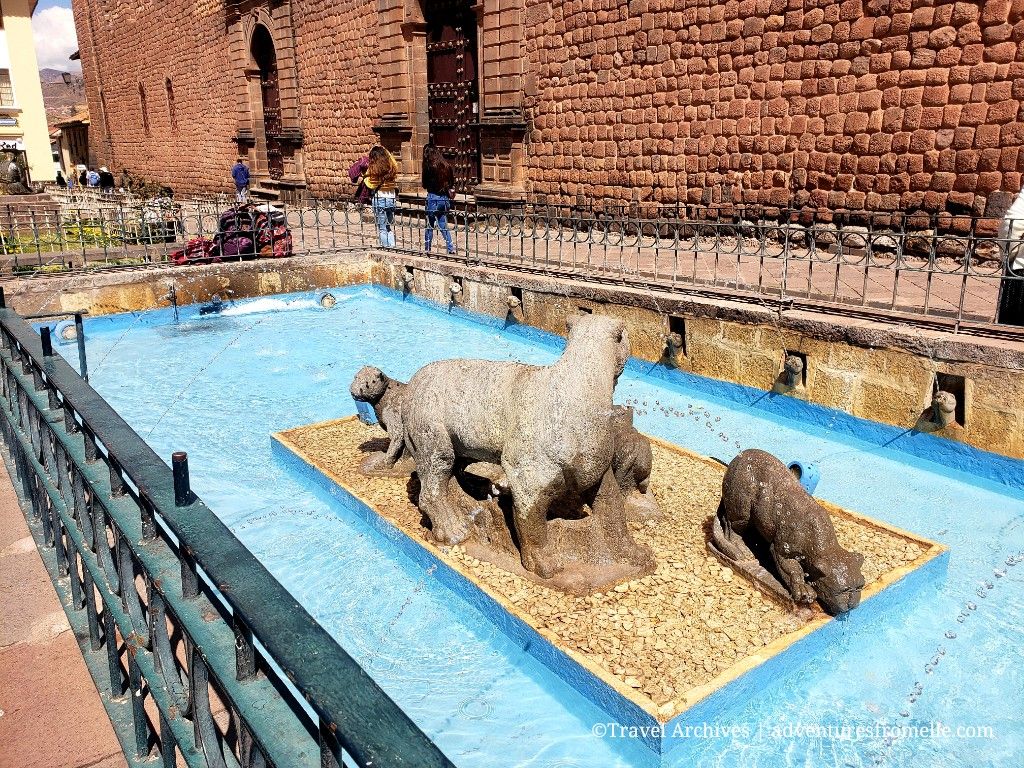
Plaza de Armas translates to literally ‘Weapons Square’ but is better translated to town centre or parade ground. You’ll find a ‘plaza de armas’ in nearly every Peruvian and Hispanic city. Plaza de Armas in Cusco was a fifteen-minute walk from my hotel along narrow streets but we found it easily, armed with our welcome map brochure. The town was so beautiful! They preserved their cobblestone streets well alongside the 16th-century Spanish architecture.
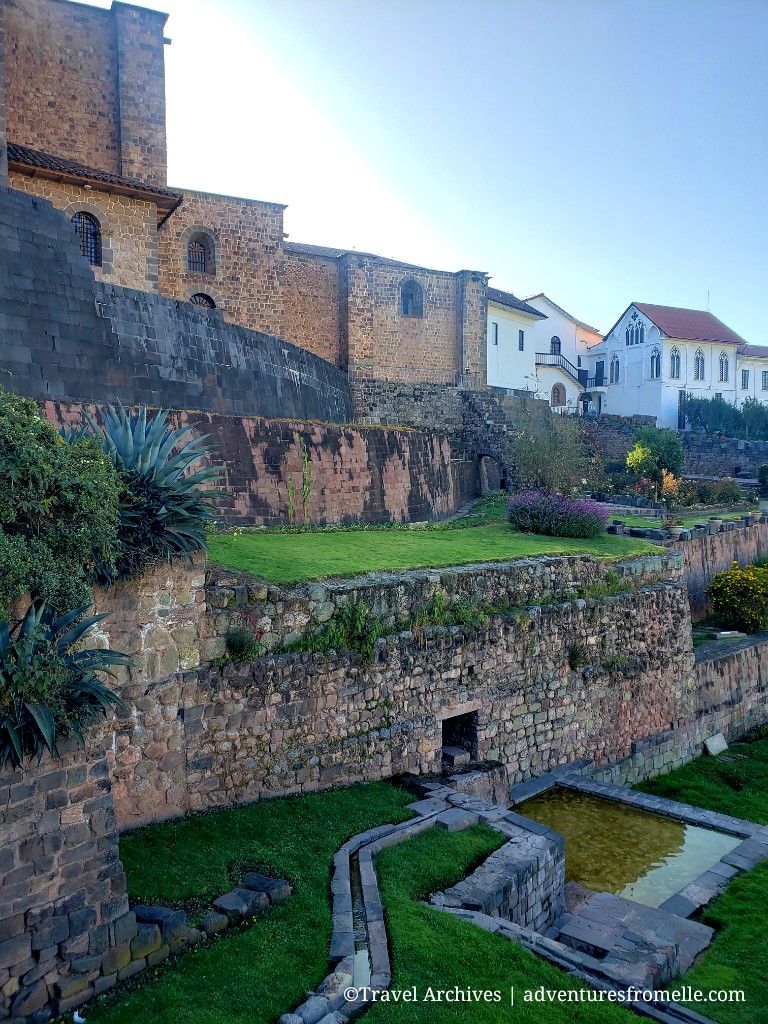

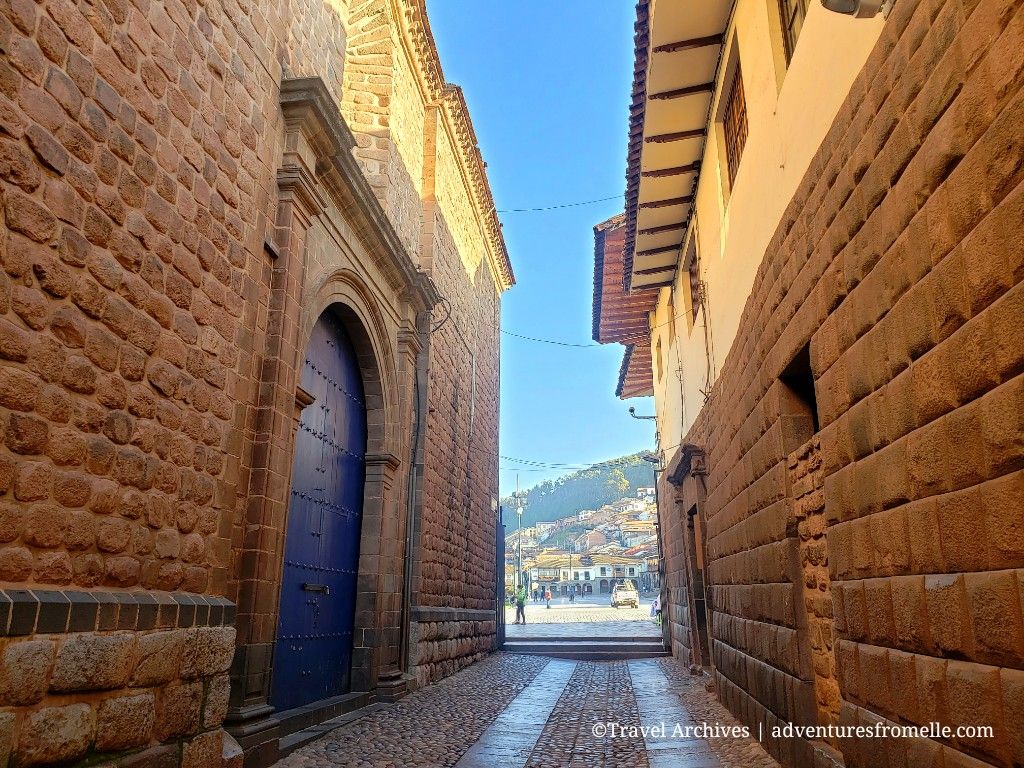
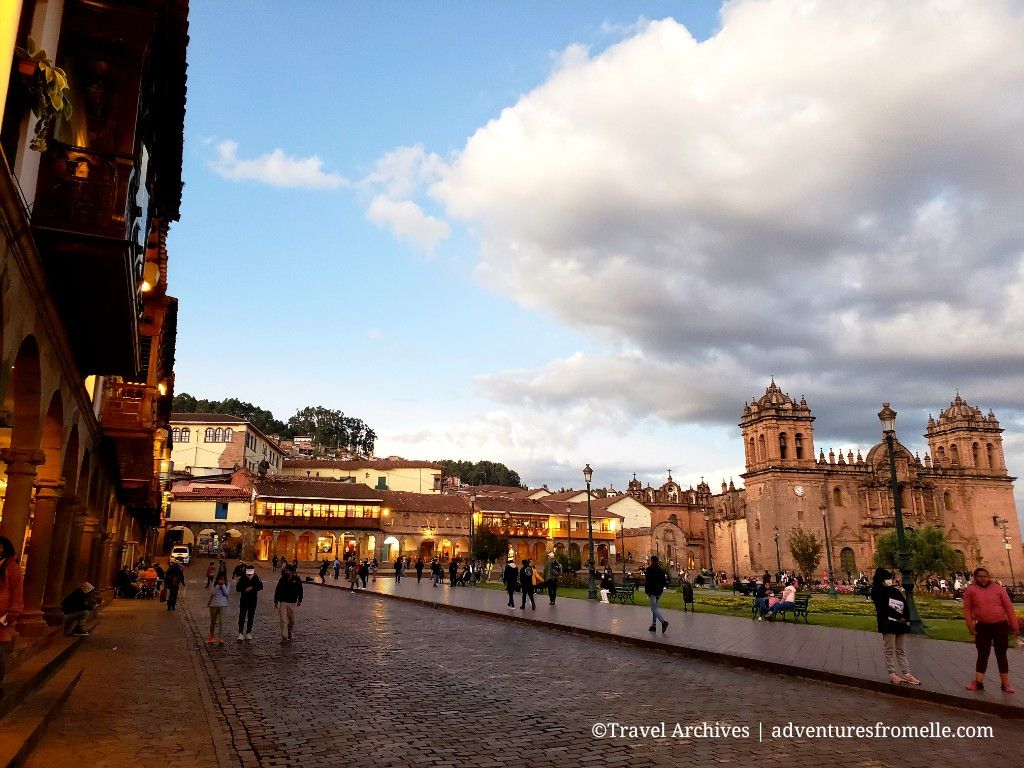


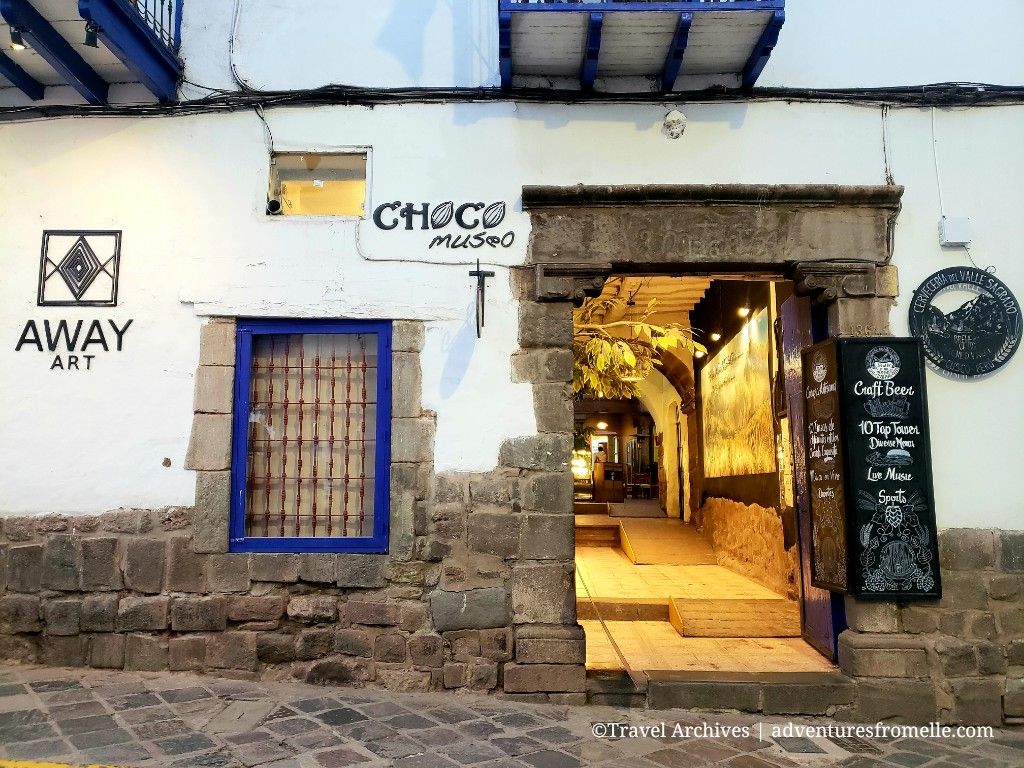

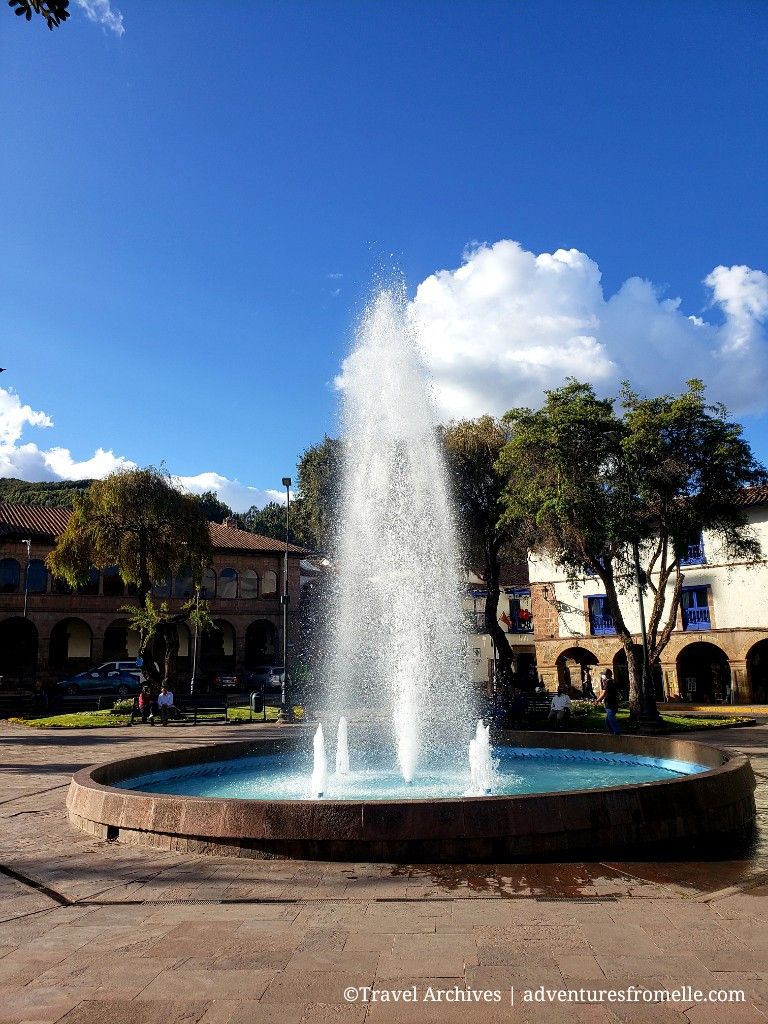
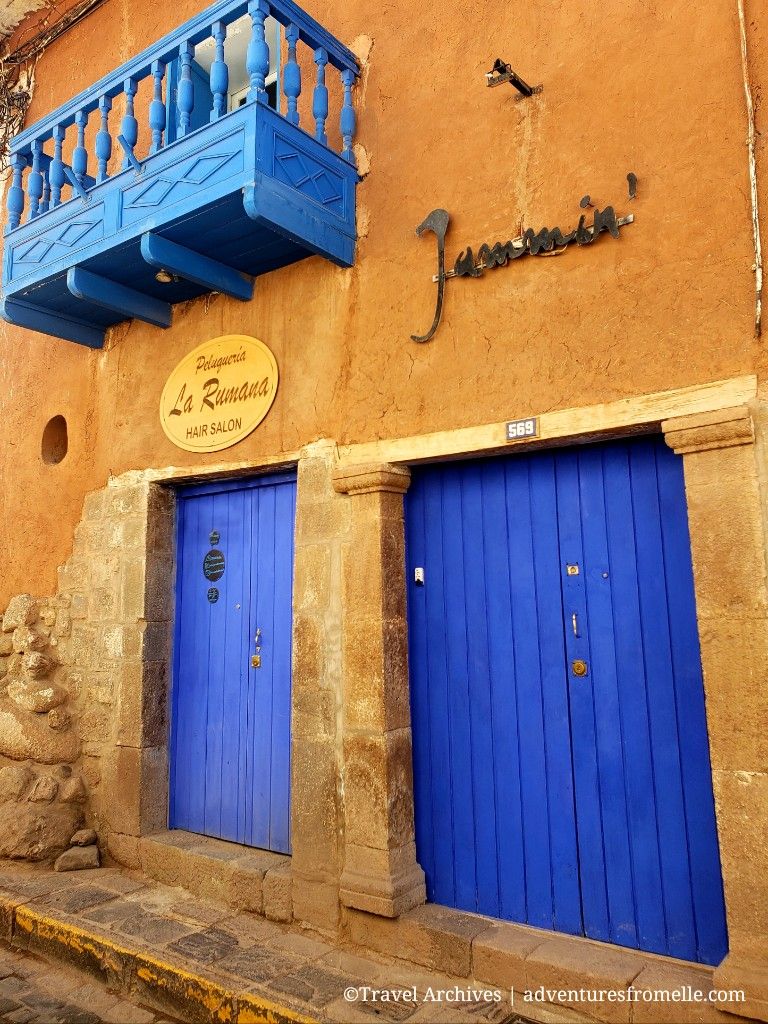

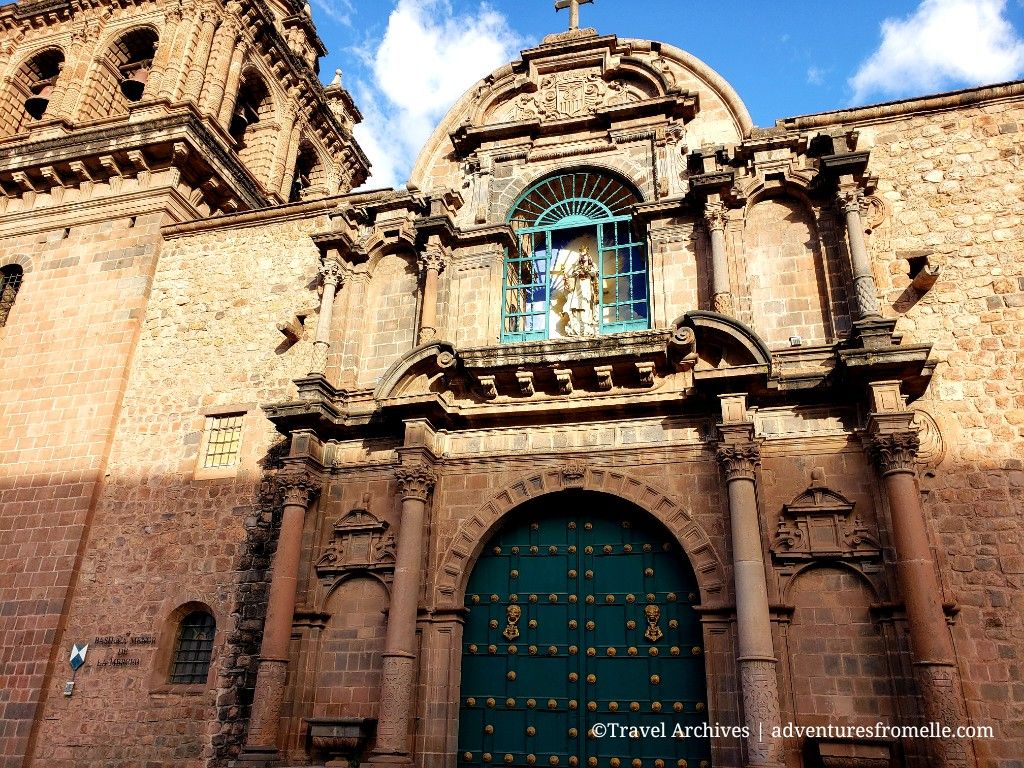
Interesting places to check out in and around Plaza de Armas include:
- Cusco Cathedral
- Qorikancha (Incan Temple of the Sun)
- Choco Museo (Chocolate Museum). Entering is free but paid tastings are available.
- Iglesia de la Compania de Jesus
- Convento de Santo Domingo
- Museo y Catacumbas del Convento San Francisco de Asis. This site has hundreds of centuries-old paintings and catacombs of human skulls and bones. Unfortunately, the catacombs have been closed since the pandemic so we skipped this tour.
- Museo de Arte Precolombino
I took pictures of everything like an excited tourist, or as we’d say in Jamaica: mi did frighten! Even without taking photos of everything, my complexion gave me away as a tourist and we got bothered by so many peddlers that it felt like harassment. They’d even try slipping bracelets onto your wrist to encourage you to purchase. It got annoying very fast when the same peddler would approach five times in half hour, which discouraged me from supporting the street vendors. Unfortunately, this desperation is likely driven by the country’s poverty rates, with one in every nine Peruvians living in dire poverty.
The Cusco Tourist Ticket
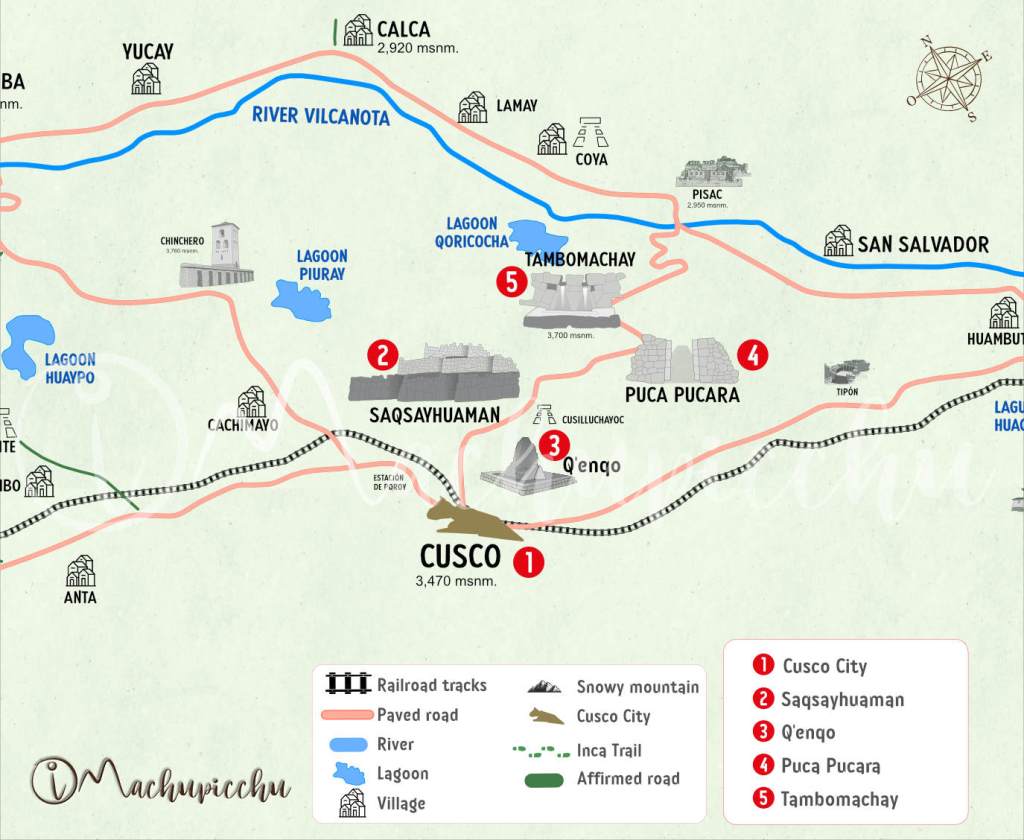
After an hour, we bargained a taxi to our next stop for 20 soles (less than US$6). The Cusco Tourist Ticket allows you to enter the most popular tourist attractions in and around Cusco. There’s a partial ticket (circuit 1) which includes 4 places, is only valid for one day and costs 70 soles (about US$19). The complete ticket grants you access to 16 places, is valid for 10 days and costs S/140 (about US$40). Since my time was limited, I went with a partial ticket but the full ticket is very economical for those with a few days to spare. There is also a circuit 2 and 3 ticket which cover other museums and towns near Cusco worth visiting.
- Circuit 1 (Partial Ticket), 1 Day: Sacsayhuaman, Q’Enco/Qenqo, Puca Pucara, Tambomachay.
- Circuit 2 (Partial, 2 Days): Museum of Contemporary Art, Regional Historical Museum, Museum of Popular Art, Qoricancha Site Museum, Qosqo Center for Native Art, Monument to the Inca Pachacuteq, Pikillaqta, Tipón.
- Circuit 3 (Partial, 2 Days): Pisac, Ollantaytambo, Chinchero, Moray.
- Full Ticket: Circuits 1, 2 and 3.
The Cusco tourist ticket can be purchased at any of these sites by the ticket office. They’ll punch a hole in the ticket for each site you visit to prevent reentry to that site, until all the sites have been punched or the duration of the ticket expires.
Is Sacsayhuaman Worth Visiting?
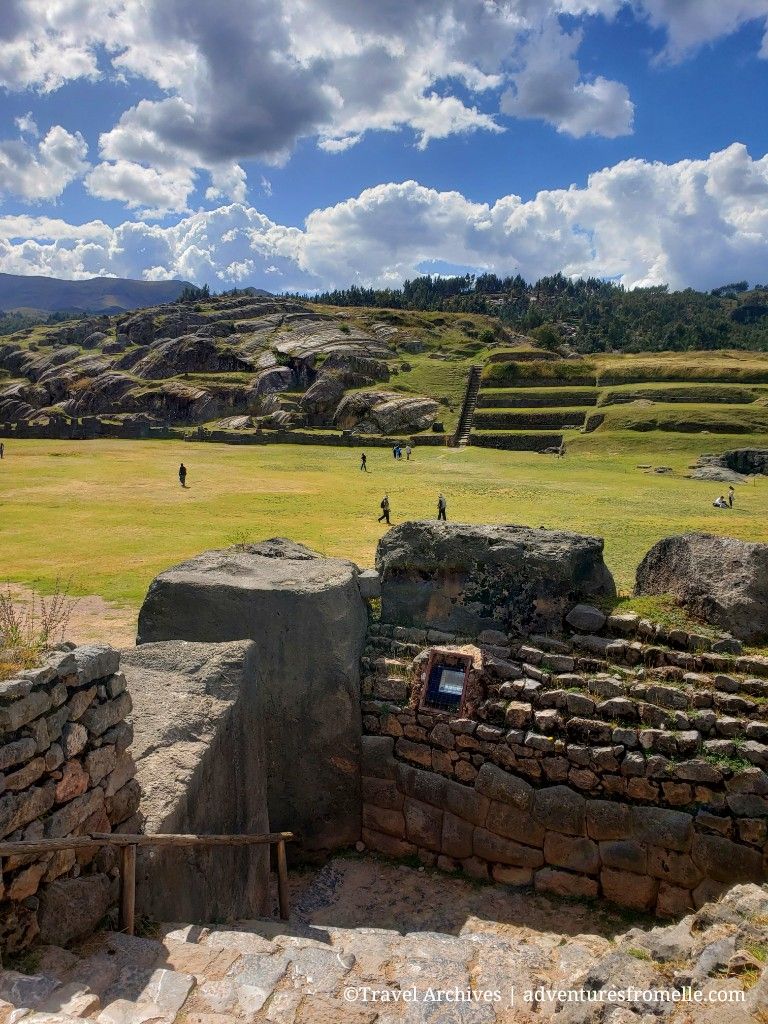
Sacsayhuaman is an impressive Incan fortress which lies at the northern edge of Cusco, constructed during the reign of Pachacuti (1438-1471 CE) and his successors. This was the largest structure built by the Incas and was constructed on an elevated rocky promontory using magnificent stonework. The polygonal stone blocks used in Sacsayhuaman’s construction often measure over 4 meters high and weigh over 100 tons. To complete such a massive project, 20,000 labourers were drafted from the people they conquered and divided into a rotating system. Stone blocks were quarried and shaped using only bronze tools and other stones. Blocks were moved using ropes, logs, poles, levers and earthen ramps. The cutting and setting of the blocks was so precise that mortar was not necessary. Sacsayhuaman is another Incan structure which bears testimony to the skill and power of Incan architects as the fortress has withstood the test of time for over 500 years. However, a lot of its structures were destroyed during the Spanish conquest and it is estimated that only 40% of the original structure remain.
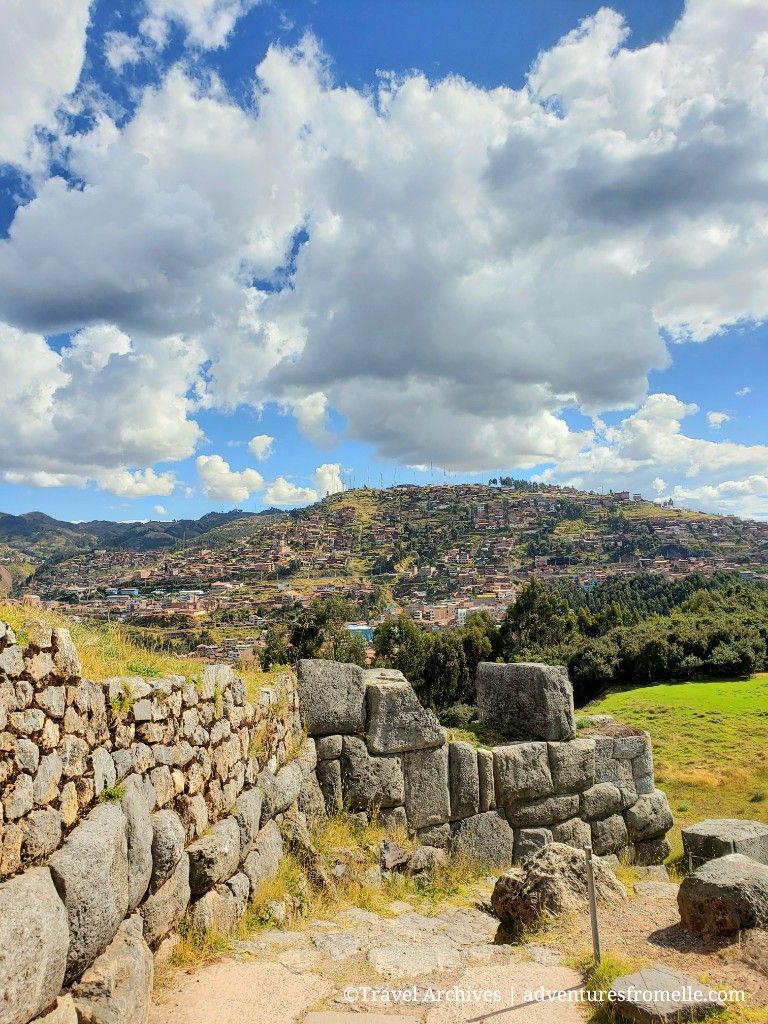

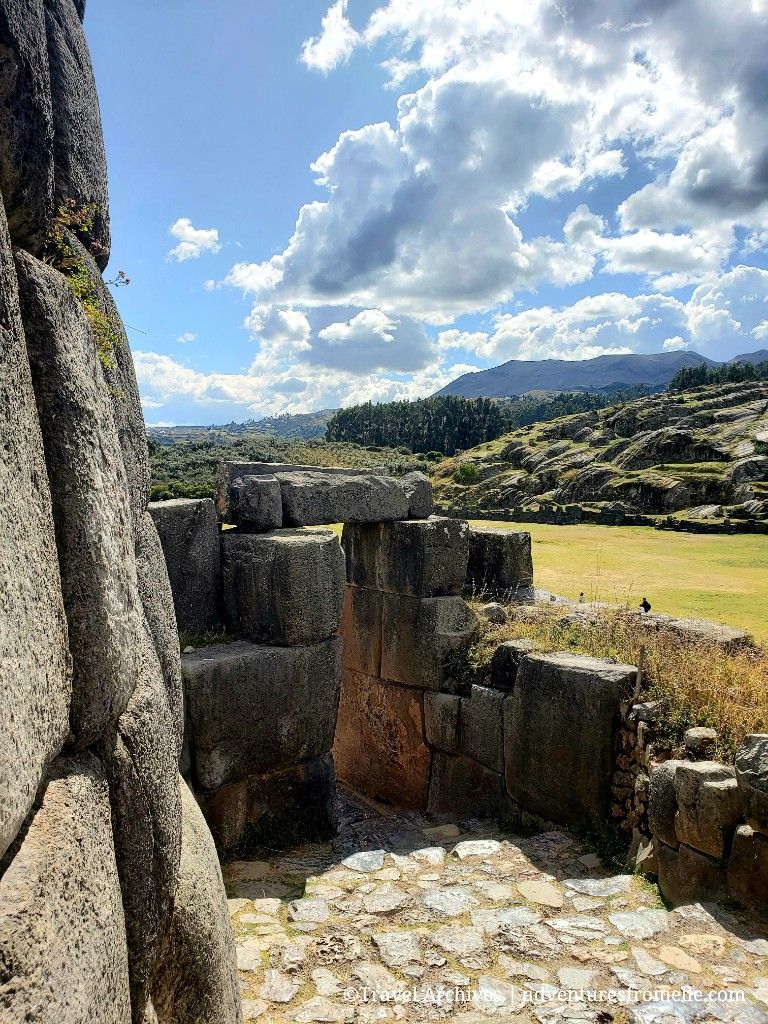
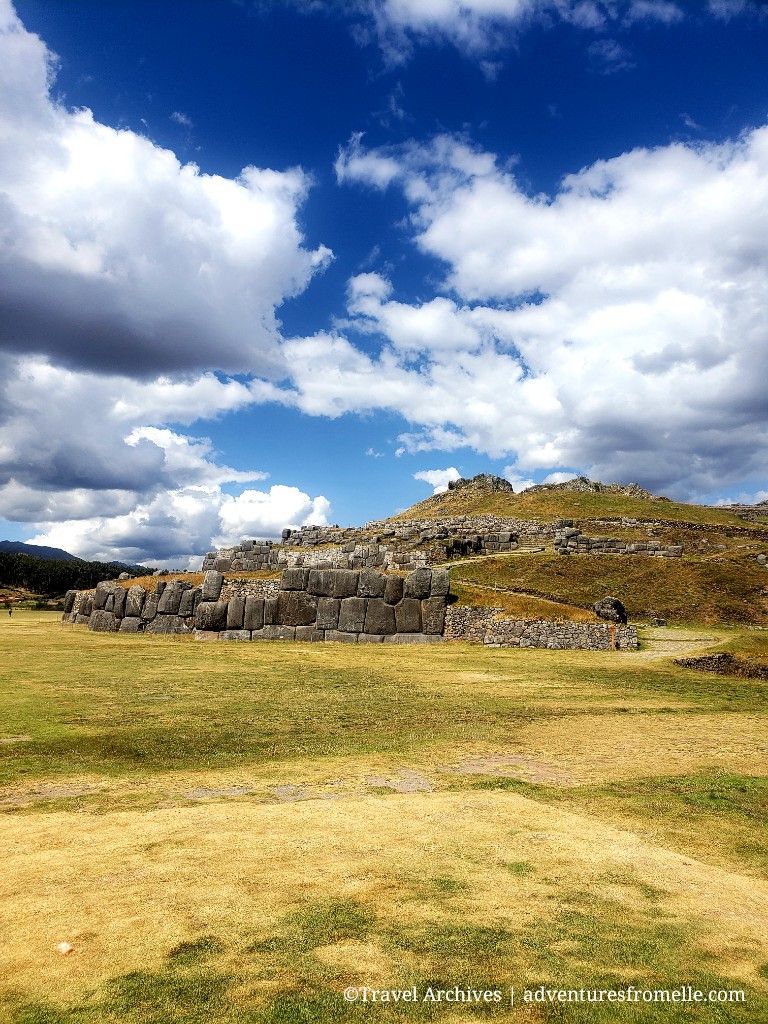
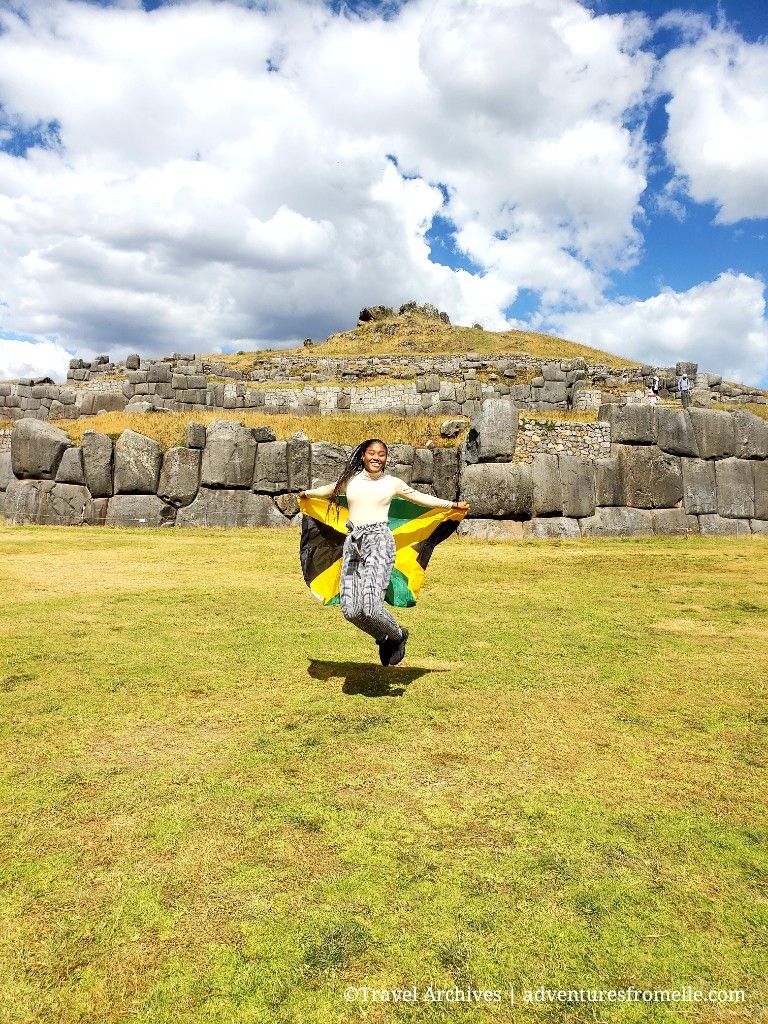
The grassy fields around Sacsayhuaman are occupied by llamas and alpacas. This was my first time getting to pet them up close and admire their furry coats.

A Taxi Ride to Qenqo
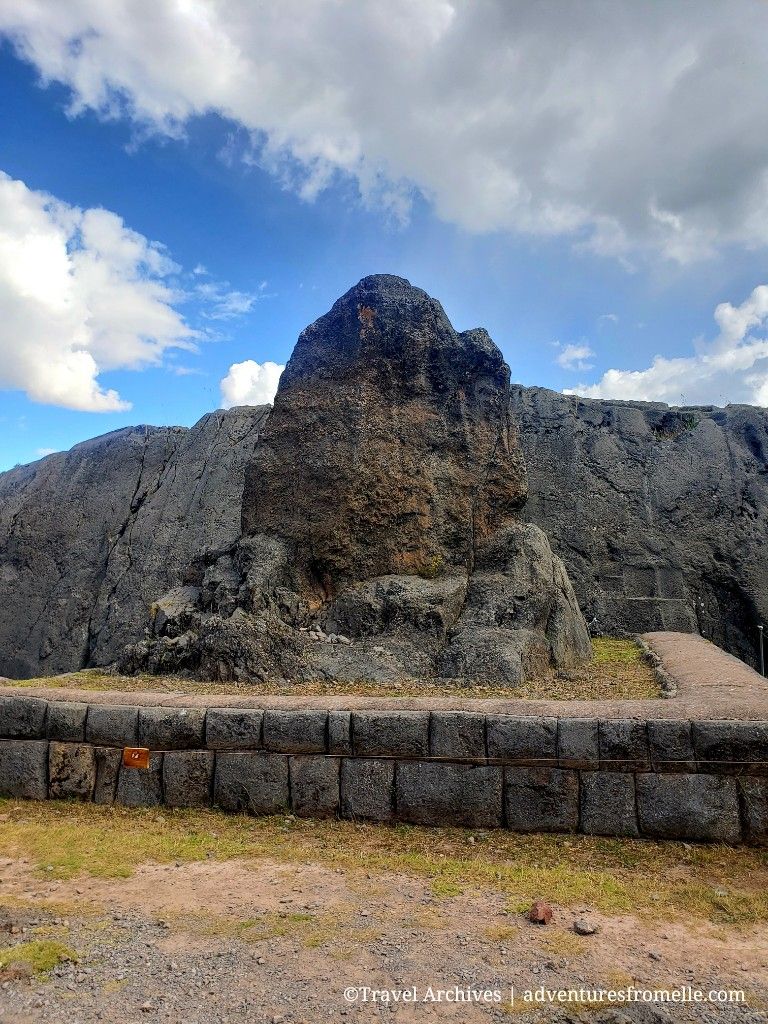
The next stop on my partial Cusco tourist ticket was Qenqo. We hailed a cab from Sacsayhuaman to Qenqo for 10 soles (about US$2.50). Qenqo comes from the Quechua language meaning labyrinth, and consists of a circular amphitheater with an elaborate altar used to perform sacrifices. It is recorded that this altar was once lined with gold. There is also a series of seats, steps, carved stairways and an observatory which are well preserved to this day.
Day Trips from Cusco
These activities were the ones I was able to accomplish with my short time in Cusco, but there are lots of other activities available in and around this city. I had to cancel my Palcoyo mountain trip because I arrived one day later than planned in Cusco as I already explained here, but that’s an activity to which I was really looking forward. Here is a list of all the day trips available from Cusco. You can either arrange visits with tour companies or wing it.
- Palcoyo Mountain or Vinicunca (Rainbow Mountain). I had booked this experience with Rainbow Mountain Travels for US$35.
- Hike to Red Valley
- Choquequirao, ticket can be purchased on the day.
- Humantay Lagoon, ticket can be purchased on the day in the town of Mollepata.
- The salt mines of Maras, tickets can be purchased on arrival or arranged in advance with a tour group.
Wrap Up

Cusco is a beautiful city and one I’d be thrilled to revisit minus those inconveniences experienced in Plaza de Armas. I hope you enjoyed the recap. Like, share + pin this post and subscribe to ensure you don’t miss new adventures.
Take care! ‘Til next time.
Find Elle on Facebook, Pinterest, Instagram and now YouTube.
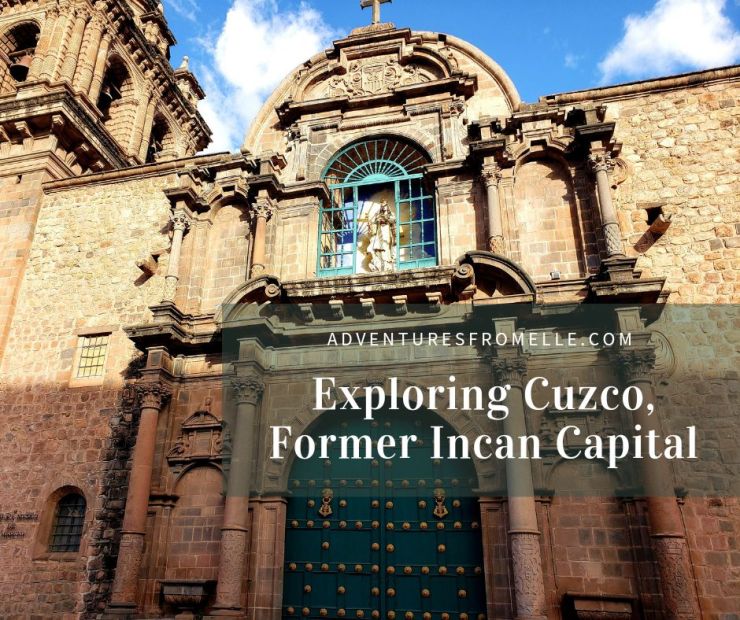
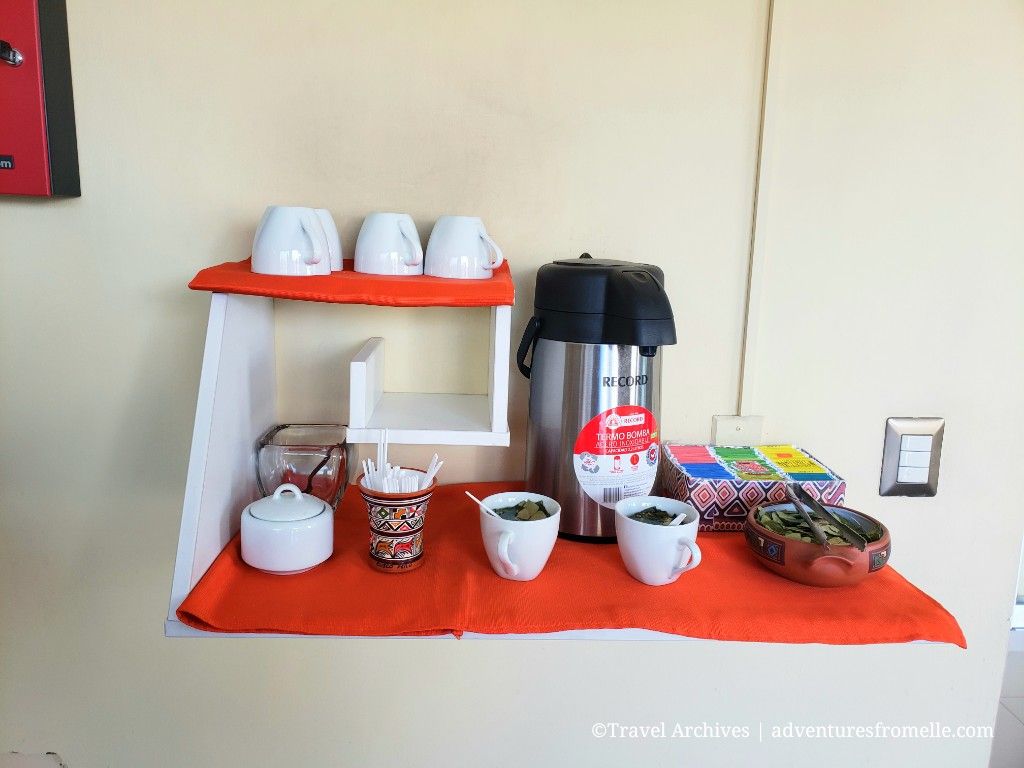
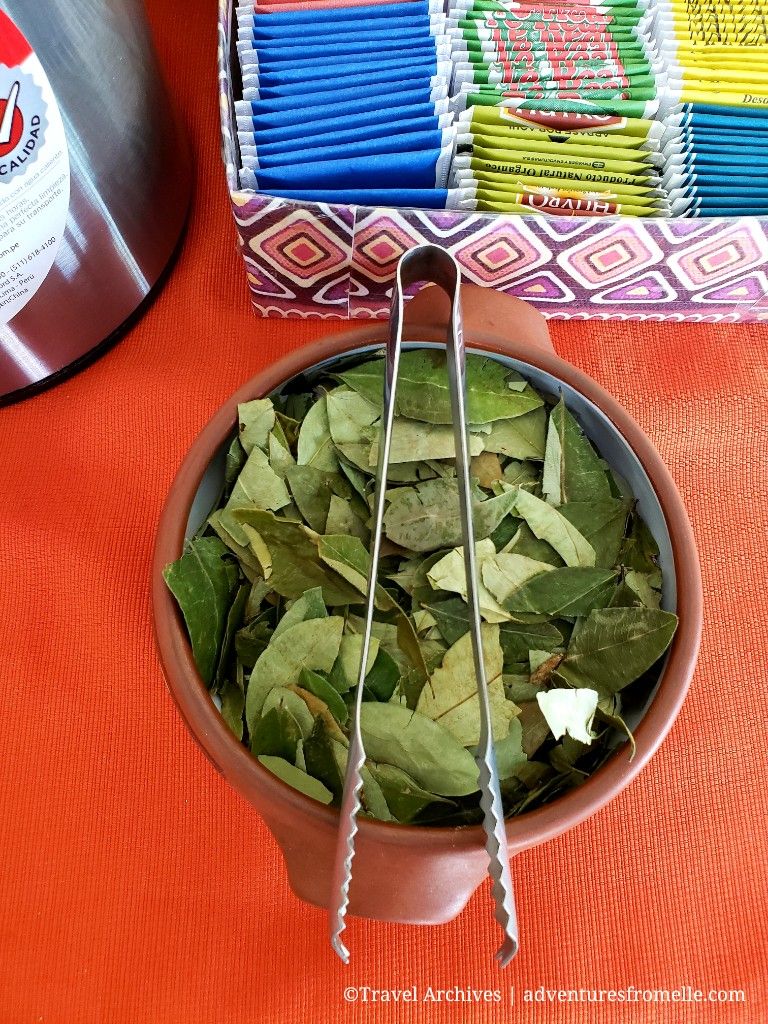

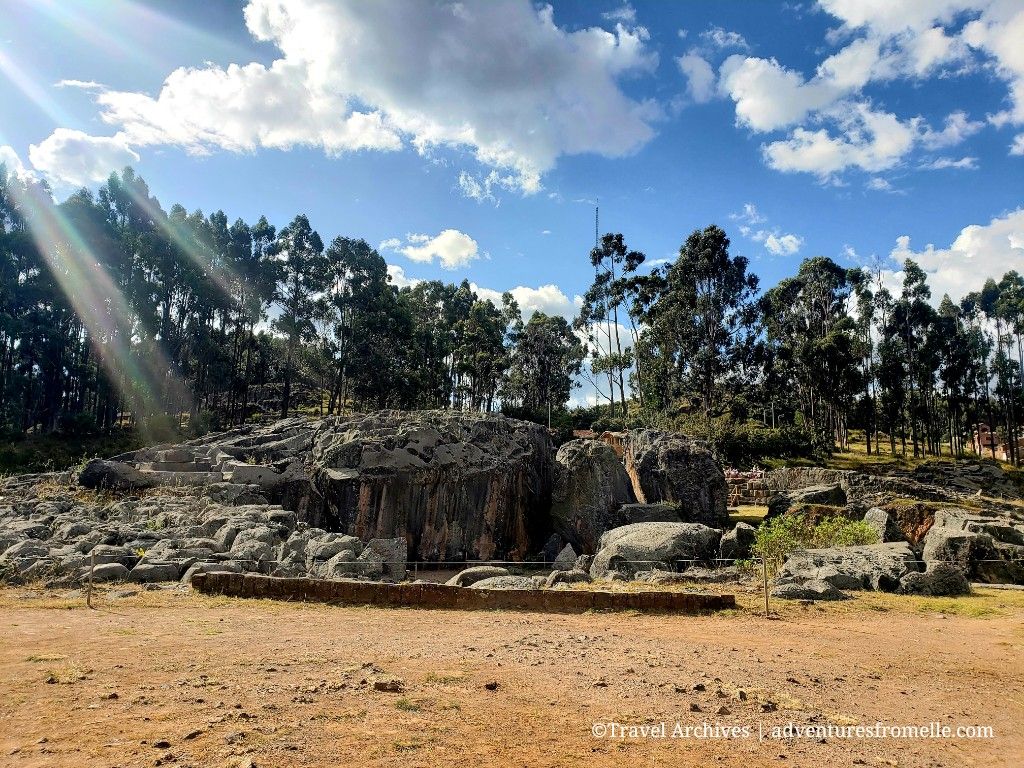
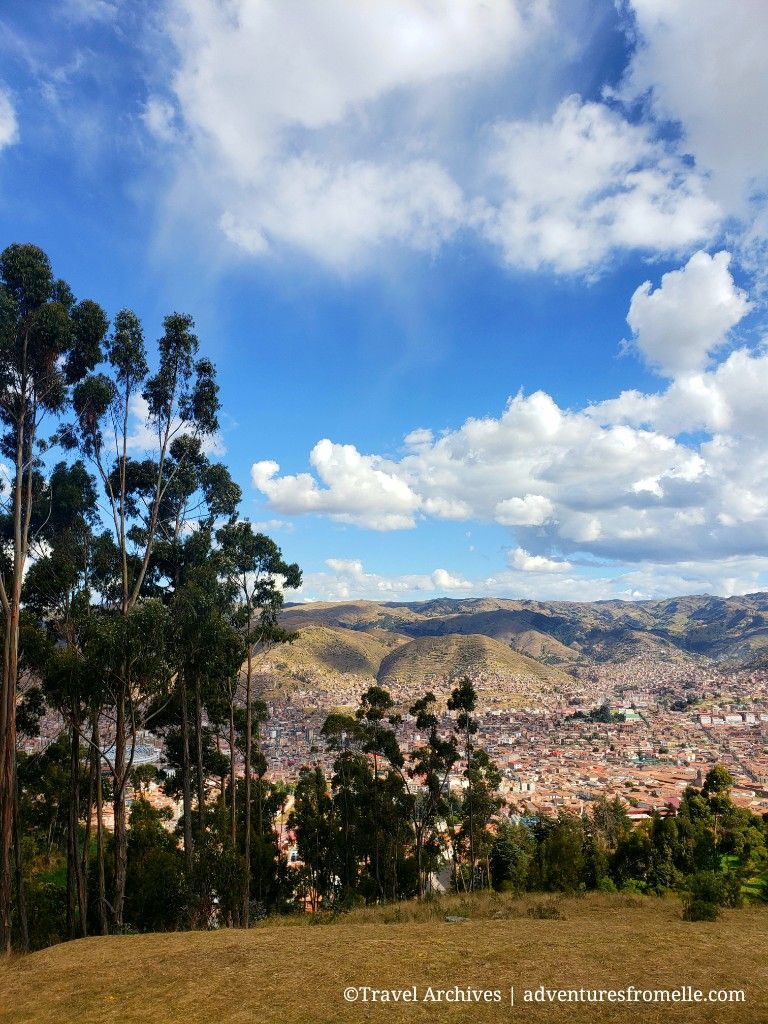
Sounds like an archaeological and historical hotspot! Sometimes I feel like we’re as lucky as we are today that history wasn’t destroyed more by colonization. That’s great the hotel let you leave your bags there when you went exploring. The last thing you want is to be carrying the stuff you brought while sightseeing
LikeLiked by 2 people
It truly is! It deserves its title as Archeological Capital of the Americas. And you’re quite right. I wished Jamaica took history as more important because our ruins are just lying there unpreserved. I am grateful they allowed us to leave our bags as well. Thanks for stopping by!
LikeLiked by 1 person
Peru is on my bucket list ever since I saw an exhibit on the Aztecs. I feel the same way about the USA. There are a lot of historical and archaeological things lying around unpreserved as well. I find Canada has preserved more from Indigenous culture and also, geologically, it’s a gold mine! I only recently learned how rich Alberta is in fossils from even before the dinosaurs and I can’t wait to explore that! I guess that’s the only good thing about being in an oil and gas region of the world
LikeLike
Oh that’s awesome about Canada! I’m still waiting on my visa to be sorted (there’s a huge backlog of applications at our embassy). Once it’s sorted I’ll try to check out that region of Canada instead of just Toronto and Winnipeg where my family lives.
LikeLiked by 1 person
I can actually give you some recommendations on where to go, so if you’re interested, let me know!
LikeLiked by 1 person
Thank you! I’ll ask for that list closer to the time 🙂 (whenever I book that ticket)
LikeLiked by 1 person
Hope you get the visa soon!
LikeLiked by 1 person
wow! You packed SO MUCH in! much more than I did in Cusco – although I certainly saw a number of things in the centre of town. I had a lovely hotel on the first day where I spent most of it as I’d had an overnight bus ride and very little sleep. then i moved into a budget place which was fine, but no where near as comfy. It really is a beautiful city though on its own and I really liked it. Hard walking up hills though! And LATAM is your best bet anywhere in South America, great airline and very reliable. hope one day you will see your money returned!
LikeLiked by 1 person
Yup, walking up hills was hard but I had to push through so I could explore 🙂 I really liked Cusco a lot too. I went with the option of a flight then the train to save time in getting to Cusco then Machu Picchu Pueblo, so I guess I wasn’t too tired when I got to Cusco. That and Peru is in my time zone too so no serious jet lag.
About the refund, I really hope it materializes one day too. Thank you!
LikeLike
Thank you for sharing as promised! Waiting for Machu Picchu
LikeLiked by 2 people
You’re most welcome! I can’t wait to share that adventure. It was amazing. Thanks for reading 🙂
LikeLike
Great information! Great photographs! We also like the first person narration, it helps getting involved in the adventure. Another planning pin for Peru…
LikeLiked by 2 people
Thank you so much!!! 😄😄😄 I appreciate the positive feedback
LikeLike
Good read, add the post to my bookmark for my future Peru visit
LikeLiked by 2 people
That’s awesome! Look out for the rest of the series 🙂
LikeLike
Wow this seemed like something I would enjoy. It is so interesting to me that many countries successfully commodify their heritage as a tourism offering and Jamaica consistently does so poorly in this department. I really hope one day Jamaica can get it right.
LikeLiked by 2 people
Exactly. I had similar thoughts while there. Jamaica needs to move past the bland and generic offerings of sun, sand, sea & all-inclusive hotels. What sets Jamaica apart is its heritage and culture. It’s time we start investing in that by restoring and preserving our historical buildings and sites.
LikeLiked by 1 person
I visited Cusco (and Peru) in 2018, and it was a wonderful experience. Like you, I had a day in the city, and I saw most of the attractions you also visited. I drank coca tea when I first arrived in Peru, and I hilariously thought I was going to feel cocaine-like effects from a cup or two– turned out, not at all! It ended up tasting just like wet leaves to me (which is exactly what coca is, haha!). Didn’t really help with acclimating to altitude sickness, either: I ended up taking some pills for that. Did you see the 12-angle stone in Cusco? Very fascinating! Can’t wait to read more of your Peru adventures!
LikeLiked by 2 people
Haha, same! I felt normal after drinking it too, and like you said, it just tasted like wet leaves. I didn’t mind the wet leaf taste though, and while I’m not sure if it did anything major, I had at least 2 cups every day to be safe. I took Panadol before going out to prevent a headache, but the only thing I had to just sit through was the shortness of breath every time I went up a slope. It started getting better after a few hours until I left for Machu Picchu, spent 2 days away from Cusco and then when I returned to catch my flight, I realize I had to acclimatize AGAIN. That was annoying. I thought my acclimatization would have lasted longer.
LikeLiked by 1 person
Yes, Jamaica to di Wurl 🌏 🤣.
LikeLiked by 1 person
Beautiful and those puffy clouds just like Jamaica. Girl did you take your Jamaican flag 🇯🇲 to Peru😂?
LikeLiked by 2 people
They do 🤗🤗. How else was it going to reach? 🤣😁😁😁 Funny enough I bought a large one JUST for this (and future) trips. I hope to take one photo like this in all future countries or iconic spots I visit, no matter how obnoxious it looks and the stares it attracts
LikeLiked by 1 person
When did you go there? I know a number of people who have visited Cuso and Manchu Pichu, including 1 of my sisters. Trying to avoid altitude sickness is helpful even for the physically fit which my sister was.
LikeLiked by 2 people
I went last week 🤗 The altitude sickness was rough! Besides that I hope they had a good time. I sure did
LikeLiked by 2 people
Yes, my sister enjoyed it. I believe a former boss walked a trail twice in the area. She’s around my age. So glad you took rare window in time to do that trip. Covid has really made us treasure our trips!
LikeLiked by 1 person
So true! I treasure every chance I get to be outside now 10x more
LikeLike